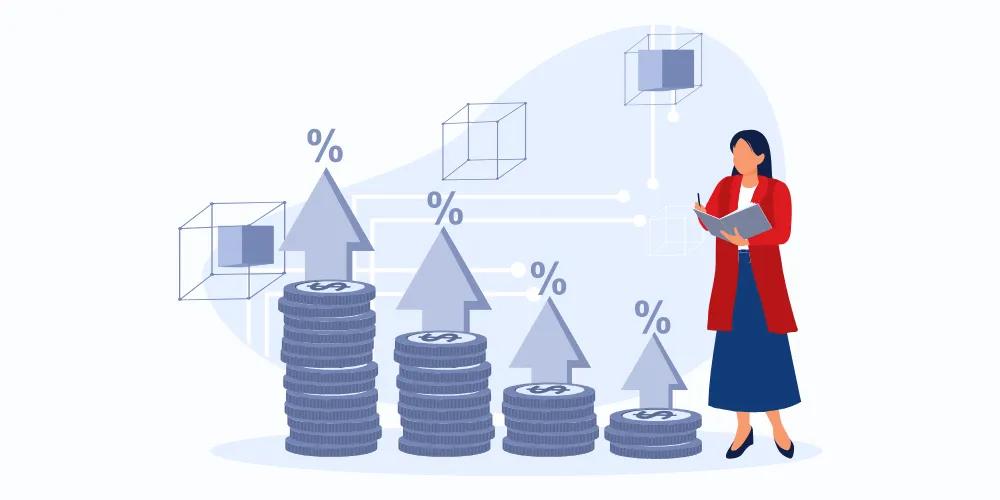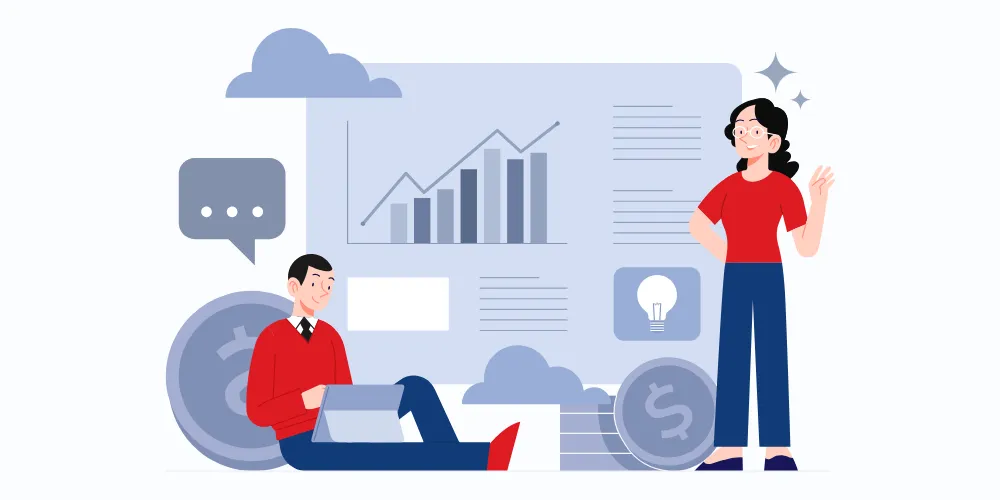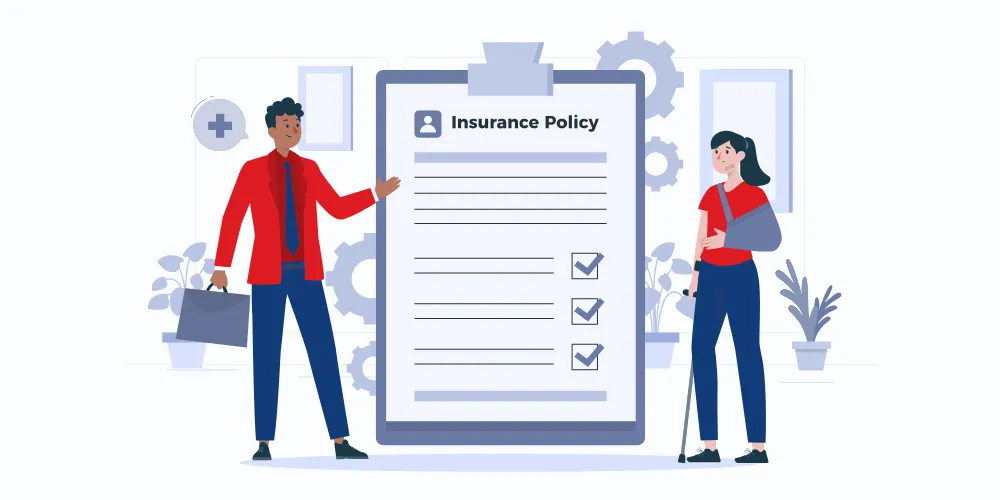Employee Engagement: A Key Factor in Driving Success
- Amit Jain
- Apr 23, 2021
- 4 min read
- Last updated on May 19, 2025
What is Employee Engagement?
What comes to your mind when you think of the term Employee Engagement?
Engagement is, at best, a symptom of success. Employee engagement refers to how employees channel their cognitive, emotional, and behavioral energies towards achieving positive organizational outcomes.
Employee engagement is a wide concept that has different meanings. However, one should remember that employee engagement is different from employee satisfaction. Satisfaction only indicates how content your employees are. At the same time, engagement indicates an employee's level of involvement, passion, or emotional commitment towards work.
By definition, employee engagement is a workplace approach that increases the chances of business success, contributing to organizational and individual performance and productivity with an enhanced sense of individual well-being.
In simple terms, employee engagement is one of the key factors in driving organizational success. It is the extent to which employees feel passionate about their work and put extra effort into their tasks. Engaged employees actively and happily commit to their work, company goals, and values because they are emotionally invested and not just for monetary reasons.
According to a study, it is found that companies with better employee engagement saw:
- 41% reduction in absenteeism
- Reduced employee attrition
- 21% greater profitability
- Better customer engagement increasing customer ratings and sales
Employees who are engaged make it a point to show up to work and work more actively. They are more likely to stay with the employer, which in turn, reduces employee attrition. As engaged employees have a greater commitment to quality of work, they focus on improving customer relationships and obtaining commendable organic growth in prospects and sales. The previous outcomes of customer satisfaction and reduced employee turnover collide, bringing organizations increased profitability.
Key Takeaways
- Engaged employees are an invaluable asset for the organization in today’s competitive workforce
- They understand the bigger picture of the company and how they fit into it
- Engagement creates increased productivity and efficiency
- The profitability of a company hikes up due to employee engagement
- Employers can foster employee engagement through effective communication, offering incentives/rewards, involvement in important tasks, etc.
- Employee engagement enhances company culture
- It describes the level of enthusiasm and dedication a worker feels toward their job
- Employee engagement emphasizes continuous, two-way feedback that prioritizes the needs and motivations of employees, not just their performance outcomes
The 5C's approach
Employee engagement should be a top priority, as employees are the company's backbone and are crucial to its success. Organizations can foster a highly engaged workforce by implementing the 5C's approach - Concern, Connect, Cultivate, Collaborate, and Celebrate.
- Concern: Demonstrate genuine concern for employees' well-being, work-life balance, and personal growth.
- Connect: Foster strong relationships by promoting open communication, active listening, and creating a supportive work environment.
- Cultivate: Provide regular feedback, guidance, and mentorship to help employees develop their skills and reach their full potential.
- Collaborate: Involve employees in decision-making, recognize their ideas and contributions, and provide opportunities for them to make a meaningful impact.
- Celebrate: Recognize their achievements, milestones, and successes, both big and small, to show appreciation and reinforce a positive work culture.
How to Boost Employee Engagement? Offer a Sales Incentive!
Now that we know why employee engagement is important and how it benefits organizations, let’s talk about how to drive employee engagement.
One of the best ways to drive engagement is through incentives. A study by Incentive Research Foundation says sales incentives have proven to boost employee engagement. Thus, offering your employees with an incentive can go a long way.




